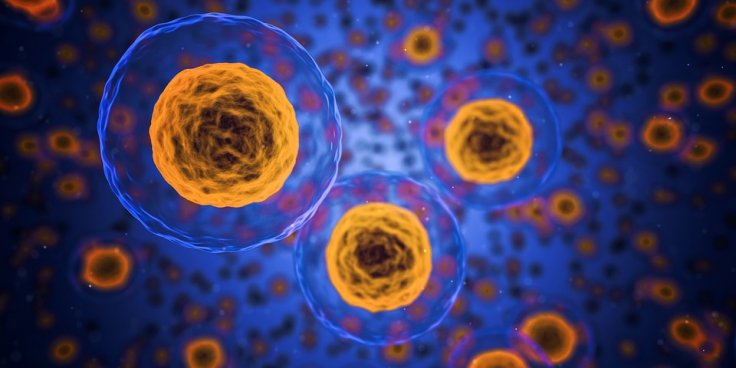
Opting for the correct and effective molecules for drug delivery is like a hit-and-miss. Still, engineers from Cornell are able to nail it down more precisely, mainly due to a method that shows the performance of molecules inside the living cells.
How does a drug delivery system work? It manages the time and location where therapeutics are set off within the body. An important component of a number of drug delivery systems is the molecule that connects an antibody that is looking for a target, such as cancer cells, to the drug aimed at the target. So this is the linker that should tie the drug to the antibody, even as it moves to a targeted cell. It needs to release the drug within the cell at the correct time and place.
Hence, biomolecular engineers collect clues about the effectiveness of linkers when they test them in cell-free environments. These are model fluids that do not possess the complex interactions found in whole, living cells. Even though they are easy to research, they are not too accurate and can lead to linker failure during various tests.
A research team led by Chris Alabi, associate professor of chemical and biomolecular engineering, has developed a technique to harness fluorescent probes that can check and measure the rate at which linkers release drugs in living cells. The research, "Responsive Antibody Conjugates Enable Quantitative Determination of Intracellular Bond Degradation Rate," was published in the journal Cell Chemical Biology.
"Right now, pharmaceutical companies make a ton of linkers and then see which functions best for a particular application by having to test each one. It's a shotgun approach," Alabi said. "With our technique, they can now make an informed decision based on actual intracellular numbers, before they put the drug system together."
There are two fluorescent dyes making each other invisible when they're tied together with the antibody in a delivery system. But when a linker breaks and unties the dyes, they again become visible under a microscope. This shows that the drug got released inside the cell.
Manufactured in Alabi's lab, the drugs gave engineers the correct way to measure the rate at which a linker's chemical bond breaks away from the delivery system when it is within a cell.
"Once we know what the timing is for different linker bonds and cell processes, then we can say, 'OK, for drug A connected to antibody B, this is how long it will take, so if we want to treat disease C, we should use this linker,'" Alabi said.
Alabi and his team made an antibody construct with a disulfide linker that can work very well inside the HER2 protein, which is a very valuable target for breast cancer treatment. After the delivery system comes to the protein, the team could measure intracellular processes.
"For the biomolecular engineers and companies that have a target in mind, we can ... make the drug discovery process that much faster because we now know something about how long it's going to take to release the drug," said Alabi, who hopes to demonstrate the technique further through partnerships with pharmaceutical companies.









